Home>Gardening & Outdoor>Landscaping Ideas>How To Fix Pee Spots In Grass
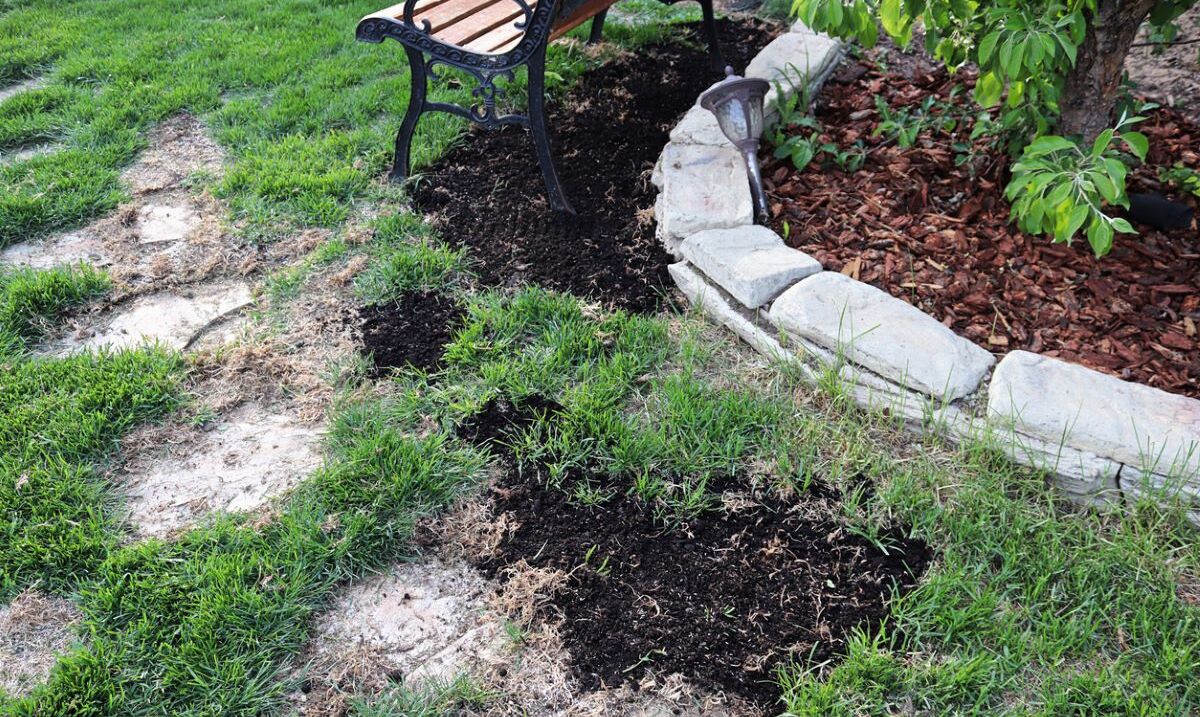

Landscaping Ideas
How To Fix Pee Spots In Grass
Published: February 1, 2024
Learn effective landscaping ideas to fix pee spots in grass and keep your lawn looking green and healthy. Discover practical solutions for maintaining a beautiful yard.
(Many of the links in this article redirect to a specific reviewed product. Your purchase of these products through affiliate links helps to generate commission for Storables.com, at no extra cost. Learn more)
Introduction
Are you a proud pet owner who loves spending time outdoors with your furry companions? While the joy of having pets is immeasurable, the unsightly brown spots that appear on your lush green lawn due to pet urine can be a cause of frustration. Fear not, as there are effective ways to address this common issue and restore the beauty of your grass.
In this comprehensive guide, we will explore the causes of pee spots in grass and provide valuable insights into preventing and fixing them. Whether you have a dog, cat, or any other pet that frequents your yard, understanding the underlying factors and implementing practical solutions can help you maintain a vibrant and healthy lawn.
Join us as we delve into the world of landscaping and pet care, discovering the secrets to preserving the natural splendor of your outdoor space while cherishing the companionship of your beloved pets. Let's embark on this journey to uncover the best strategies for addressing pee spots in grass, ensuring that both your lawn and your furry friends thrive harmoniously.
Key Takeaways:
- Say goodbye to pee spots in your grass by keeping your pets well-hydrated, watering the lawn after they go, and creating a designated bathroom area. Your lawn and furry friends will thank you!
- Revive your grass by rinsing pee spots, aerating the soil, and using pet-friendly lawn treatments. With these strategies, you can enjoy a lush lawn while cherishing your pets’ company.
Read more: How To Get Rid Of Pee Spots On Grass
Understanding the Causes of Pee Spots in Grass
Pee spots, also known as urine spots, are a common issue that pet owners encounter in their lawns. These unsightly brown patches result from the nitrogen and salts present in pet urine, particularly from dogs. When pets urinate on the grass, the concentrated nitrogen can overwhelm the soil and grass, leading to localized burning and discoloration. Understanding the specific causes of pee spots in grass is crucial for implementing effective preventive measures and remedial strategies.
Concentrated Nitrogen Content:
Pet urine contains a high concentration of nitrogen, which, when deposited in a concentrated area, can exceed the grass's capacity to absorb and process it. This excess nitrogen essentially "burns" the grass, resulting in the characteristic brown spots. The higher the nitrogen content in the pet's urine, the greater the likelihood of severe damage to the grass.
Salts and pH Imbalance:
In addition to nitrogen, pet urine also contains salts, which further contribute to the detrimental effects on the grass. The salts can disrupt the natural pH balance of the soil, creating an inhospitable environment for the grass to thrive. This imbalance impedes the grass's ability to absorb essential nutrients, leading to weakened and discolored patches.
Pet Behavior and Frequency:
The specific behavior and frequency of pet urination can also influence the formation of pee spots. For instance, female dogs tend to create more concentrated spots due to their urination posture, while male dogs may mark multiple areas, resulting in scattered damage across the lawn. Furthermore, frequent urination in the same spot can exacerbate the impact of nitrogen and salts, intensifying the damage to the grass.
Read more: How To Fix Dead Grass Spots
Grass Varieties and Health:
The type and health of the grass itself play a significant role in its susceptibility to pee spots. Certain grass varieties may be more resilient to urine damage, while others, especially those with finer blades, can be more vulnerable. Additionally, the overall health and vigor of the grass, including its hydration and nutrient levels, can influence its ability to withstand the effects of pet urine.
By comprehending these underlying causes of pee spots in grass, pet owners can gain valuable insights into the dynamics at play and make informed decisions regarding preventive measures and remedial actions. With this knowledge, you can proactively address the factors contributing to pee spots, fostering a healthier and more vibrant lawn for both your pets and your enjoyment.
Tips for Preventing Pee Spots in Grass
Implementing proactive strategies to prevent pee spots in your grass can significantly contribute to maintaining a lush and vibrant lawn while accommodating your pets' natural behavior. By incorporating these practical tips into your pet care and landscaping routine, you can minimize the occurrence of unsightly brown patches and promote a harmonious outdoor environment for both your pets and your family.
Adequate Hydration:
Ensuring that your pets are well-hydrated can dilute the concentration of nitrogen in their urine, reducing its potential to cause damage to the grass. Encourage your pets to drink ample water throughout the day, especially before and after outdoor activities. This simple yet effective measure can help mitigate the impact of their urine on the lawn.
Timely Lawn Watering:
Following pet urination, promptly water the affected areas to dilute and disperse the urine, minimizing its localized effects on the grass. By incorporating this practice into your lawn care routine, you can help mitigate the concentration of nitrogen and salts, thereby reducing the likelihood of pee spots.
Read more: How To Fix Pet Urine Spots In Grass
Designated Bathroom Area:
Designating a specific area in your yard for your pets to relieve themselves can concentrate the impact of their urine in a controlled space, minimizing widespread damage to the lawn. Encourage your pets to use this designated area consistently, providing them with a familiar spot to urinate while preserving the rest of the lawn.
Dietary Adjustments:
Consulting with your veterinarian about your pets' diet can lead to tailored nutritional recommendations that may help reduce the nitrogen content in their urine. Certain dietary modifications and supplements can contribute to a healthier urinary composition, potentially lessening the detrimental effects on the grass.
Regular Lawn Maintenance:
Consistent lawn care practices, such as proper mowing, aeration, and fertilization, can bolster the grass's resilience and overall health, making it more resistant to the effects of pet urine. By maintaining a robust and well-nourished lawn, you can mitigate the impact of pee spots and promote a thriving outdoor landscape.
Professional Lawn Treatments:
Exploring professional lawn treatments and products specifically formulated to counteract the effects of pet urine can provide an additional layer of defense against pee spots. These specialized treatments can help fortify the grass and soil, minimizing the visible damage caused by pet urine.
By incorporating these preventive measures into your pet care and landscaping routine, you can effectively reduce the occurrence of pee spots in your grass, fostering a healthier and more visually appealing outdoor environment. These proactive strategies empower pet owners to strike a balance between enjoying the company of their beloved pets and maintaining a beautiful lawn, creating a harmonious and inviting outdoor space for all to relish.
Read more: How To Fix Bare Spots In St.Augustine Grass
Methods for Fixing Pee Spots in Grass
Addressing pee spots in grass involves targeted remedial methods aimed at rejuvenating the affected areas and restoring the overall vitality of the lawn. By implementing these effective strategies, pet owners can mitigate the visual impact of pee spots and facilitate the regrowth of healthy grass, ultimately revitalizing the landscape.
1. Rinsing and Watering:
Immediately after noticing pee spots, thoroughly rinse the affected areas with water to dilute the urine and minimize its concentrated effects on the grass. This initial step helps disperse the nitrogen and salts, reducing the likelihood of extensive damage. Subsequently, regular watering of the affected spots can further aid in diluting the urine and promoting the recovery of the grass.
2. Soil Aeration and Dethatching:
To facilitate the absorption of water and essential nutrients, aerate the soil in and around the pee spots. This process enhances the soil's ability to receive moisture and vital elements, fostering an environment conducive to grass regrowth. Additionally, dethatching the affected areas can remove accumulated organic debris, allowing for improved soil contact and nutrient uptake.
3. Overseeding and Reseeding:
Applying fresh grass seed, particularly varieties known for their resilience, to the pee spots can expedite the regrowth of healthy grass. By overseeding the affected areas, you can introduce new grass growth and fill in the patches left by the damage. In cases of severe or persistent pee spots, reseeding the entire lawn may be necessary to achieve a uniform and rejuvenated appearance.
Read more: How To Grow Grass In Bald Spots
4. Soil Amendments:
Incorporating soil amendments, such as gypsum or lime, can help neutralize the pH imbalance caused by pet urine, restoring the soil's natural equilibrium. These amendments aid in counteracting the detrimental effects of salts and promoting a favorable environment for grass recovery. Additionally, targeted fertilization with nitrogen-neutralizing products can aid in mitigating the impact of pet urine on the grass.
5. Protective Barriers and Enclosures:
Installing protective barriers or creating designated enclosures can confine pets' access to certain areas of the lawn, minimizing the occurrence of pee spots. Utilizing barriers such as decorative fencing or strategic landscaping elements can help redirect pet traffic and safeguard specific sections of the lawn from urine damage, preserving their pristine condition.
6. Professional Lawn Treatments:
Seeking professional lawn care services that offer specialized treatments for addressing pee spots can provide comprehensive solutions. Professional treatments may include targeted soil conditioning, customized fertilization, and specialized grass care techniques designed to expedite the recovery of damaged areas and fortify the overall resilience of the lawn.
By employing these methods for fixing pee spots in grass, pet owners can effectively mitigate the visual impact of urine damage and promote the rejuvenation of their lawns. These proactive approaches empower individuals to maintain a vibrant and inviting outdoor space, harmoniously accommodating their pets while preserving the natural beauty of their landscapes.
Conclusion
In conclusion, addressing pee spots in grass necessitates a multifaceted approach that encompasses understanding the underlying causes, implementing preventive measures, and employing effective remedial strategies. By comprehending the dynamics of pet urine's impact on the lawn and integrating proactive solutions into pet care and landscaping routines, pet owners can foster a harmonious coexistence between their beloved companions and a vibrant outdoor environment.
Understanding the concentrated nitrogen content and salts present in pet urine, along with the influence of pet behavior and grass varieties, provides valuable insights into the factors contributing to pee spots. Armed with this knowledge, pet owners can make informed decisions regarding preventive actions, such as promoting adequate hydration, timely watering, and dietary adjustments for their pets. These measures not only minimize the occurrence of pee spots but also contribute to the overall well-being of the grass and soil.
Furthermore, the methods for fixing pee spots, including rinsing, soil aeration, overseeding, soil amendments, and protective barriers, offer targeted approaches to rejuvenating the affected areas and promoting the regrowth of healthy grass. By incorporating these remedial strategies, pet owners can effectively mitigate the visual impact of urine damage and facilitate the restoration of a lush and resilient lawn.
Ultimately, the synergy between preventive and remedial efforts is pivotal in creating an outdoor space where pets can thrive alongside a flourishing lawn. By embracing a holistic approach to pet care and landscaping, individuals can enjoy the companionship of their pets while reveling in the natural beauty of their outdoor surroundings.
In essence, the journey to address pee spots in grass is a testament to the dedication of pet owners in nurturing a welcoming and visually appealing outdoor environment. Through a blend of knowledge, proactive measures, and targeted interventions, pet owners can achieve a harmonious balance, where the joy of pet companionship harmonizes with the allure of a thriving lawn.
Frequently Asked Questions about How To Fix Pee Spots In Grass
Was this page helpful?
At Storables.com, we guarantee accurate and reliable information. Our content, validated by Expert Board Contributors, is crafted following stringent Editorial Policies. We're committed to providing you with well-researched, expert-backed insights for all your informational needs.

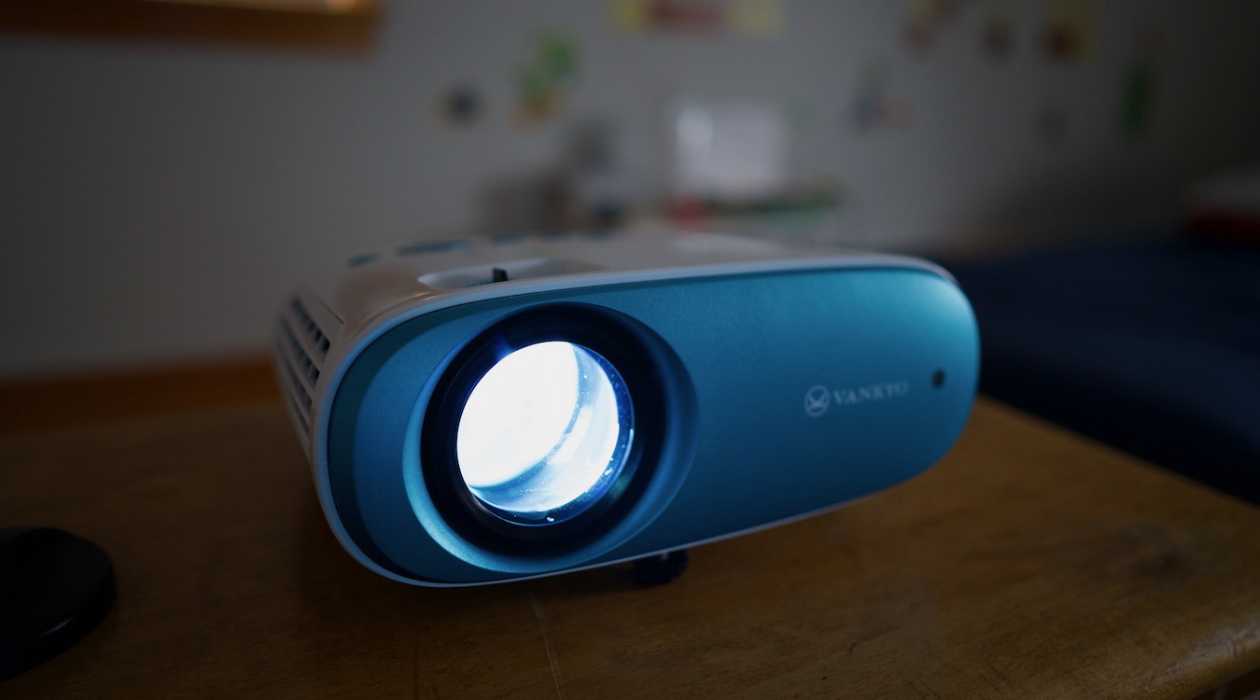
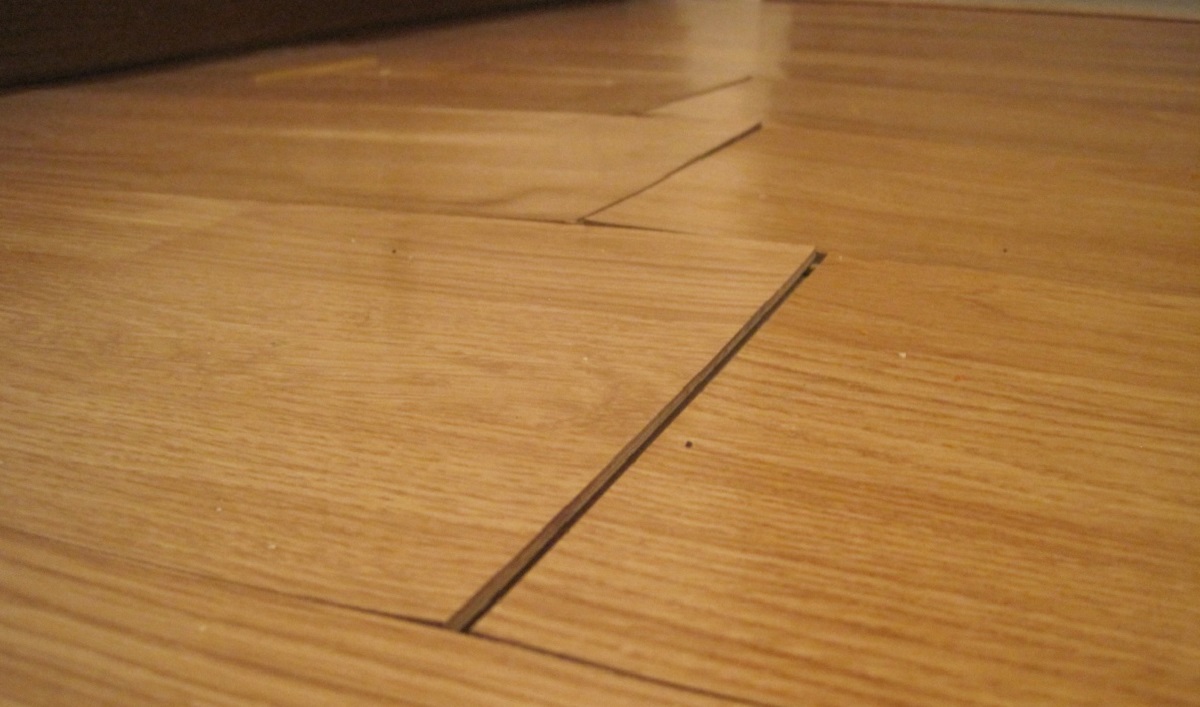
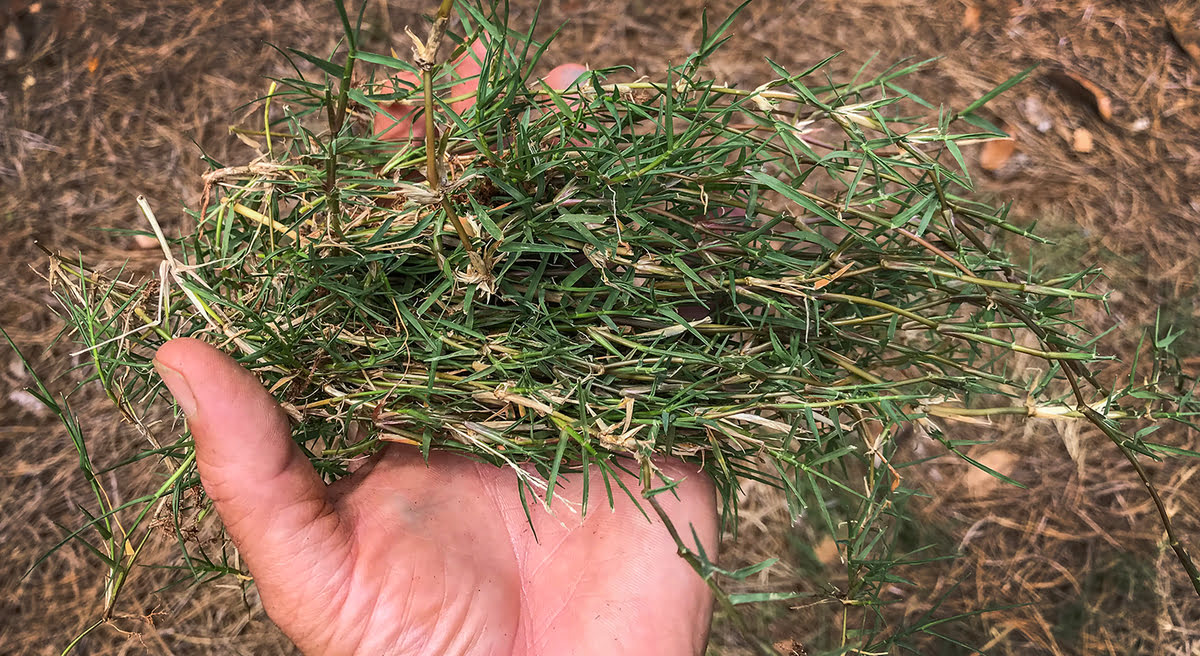
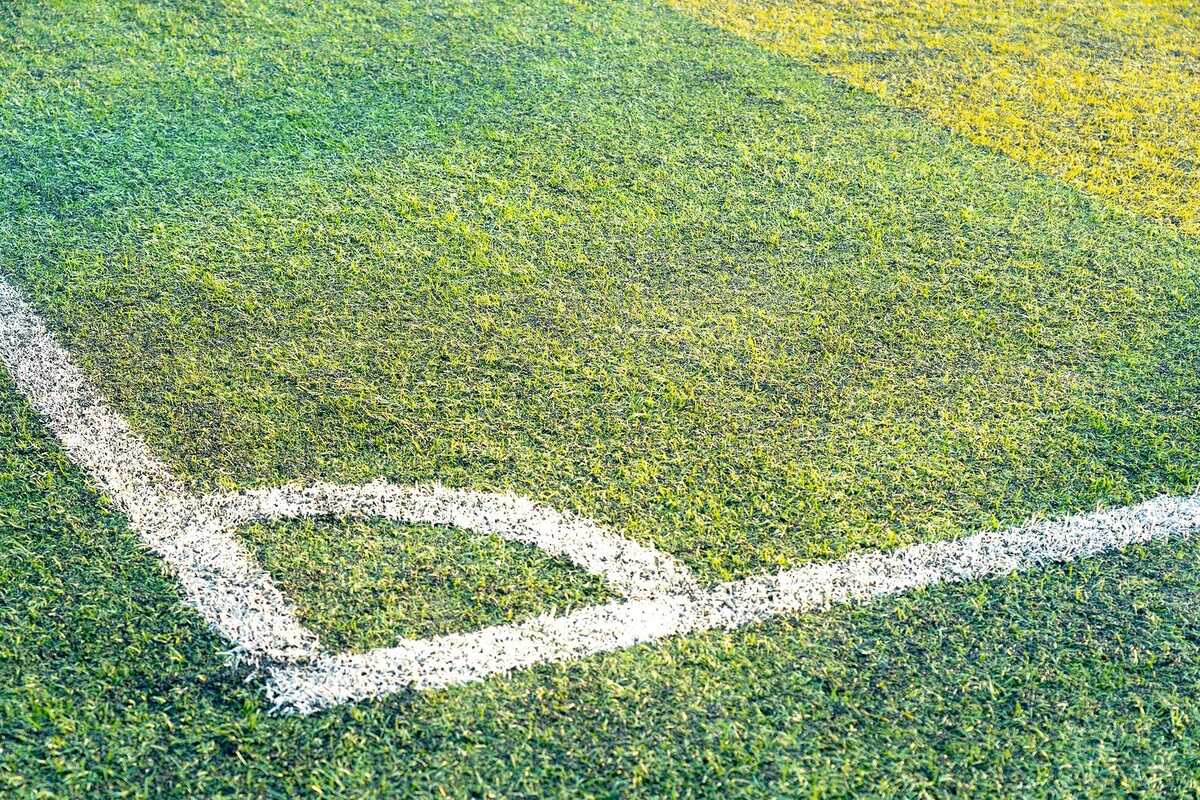
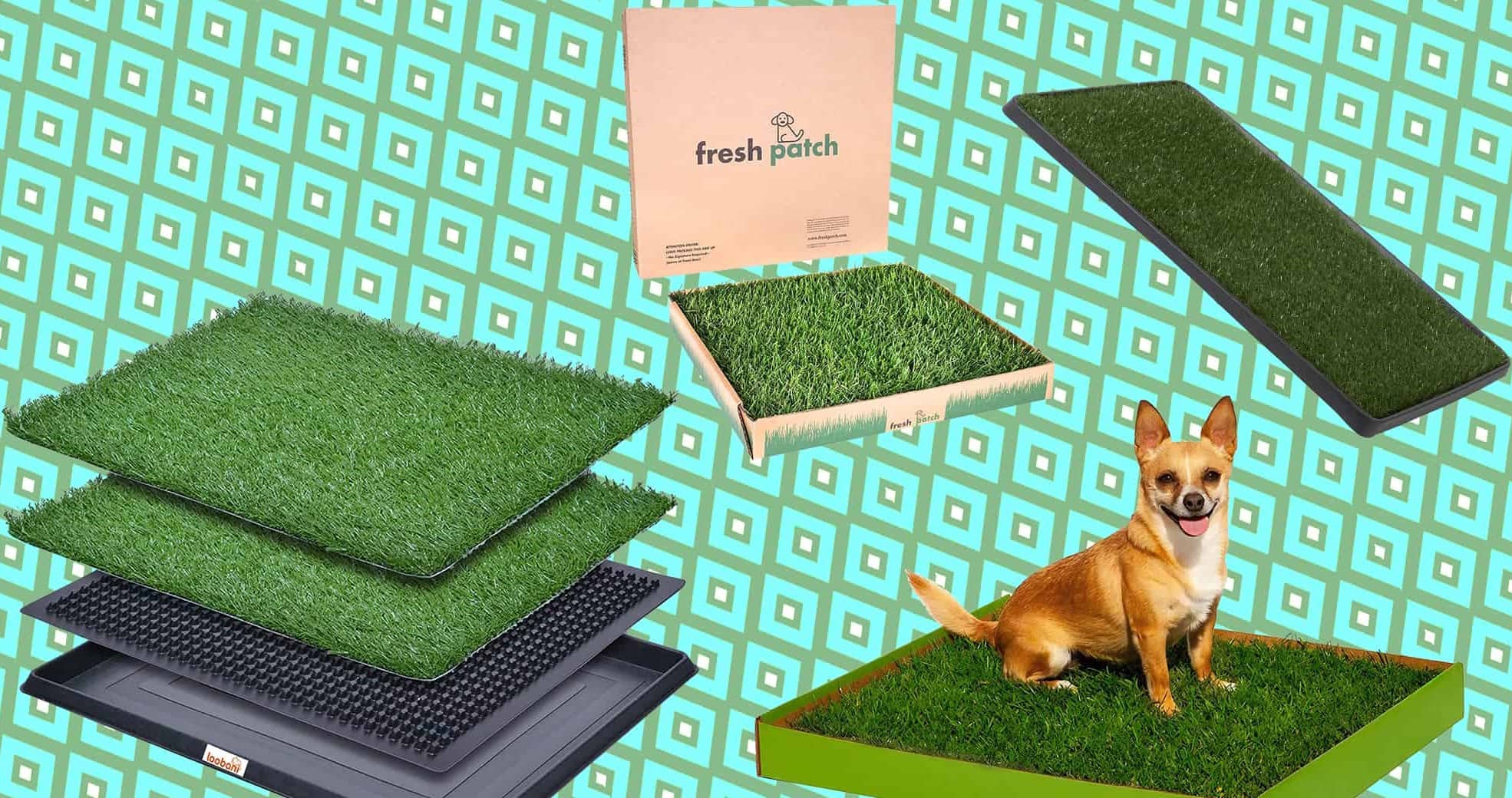
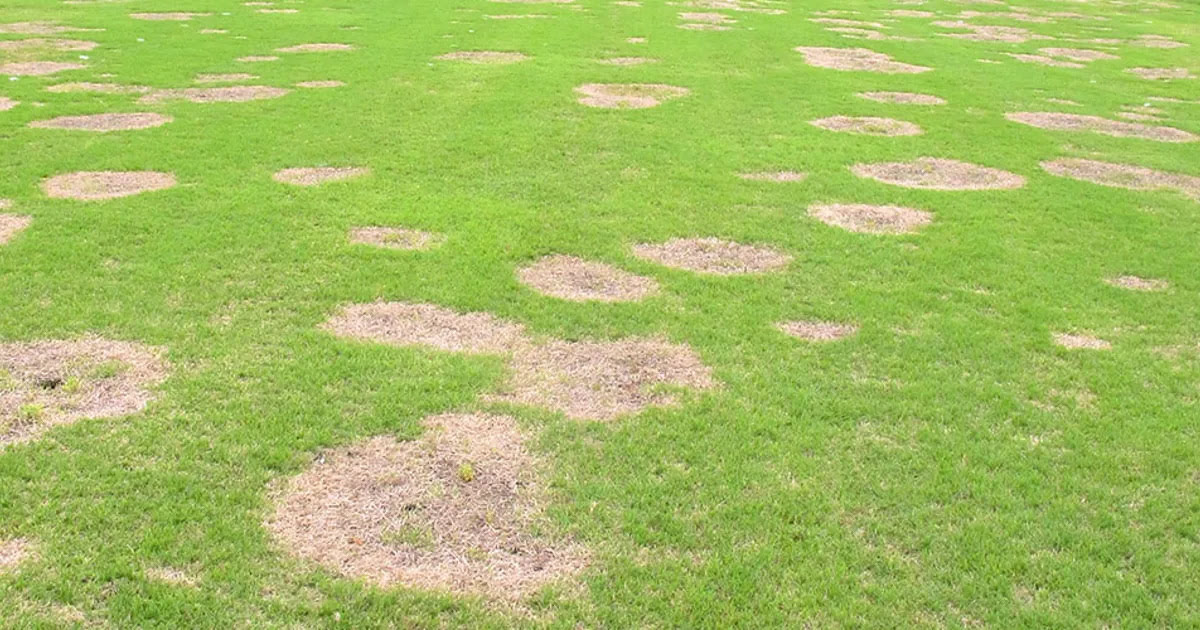
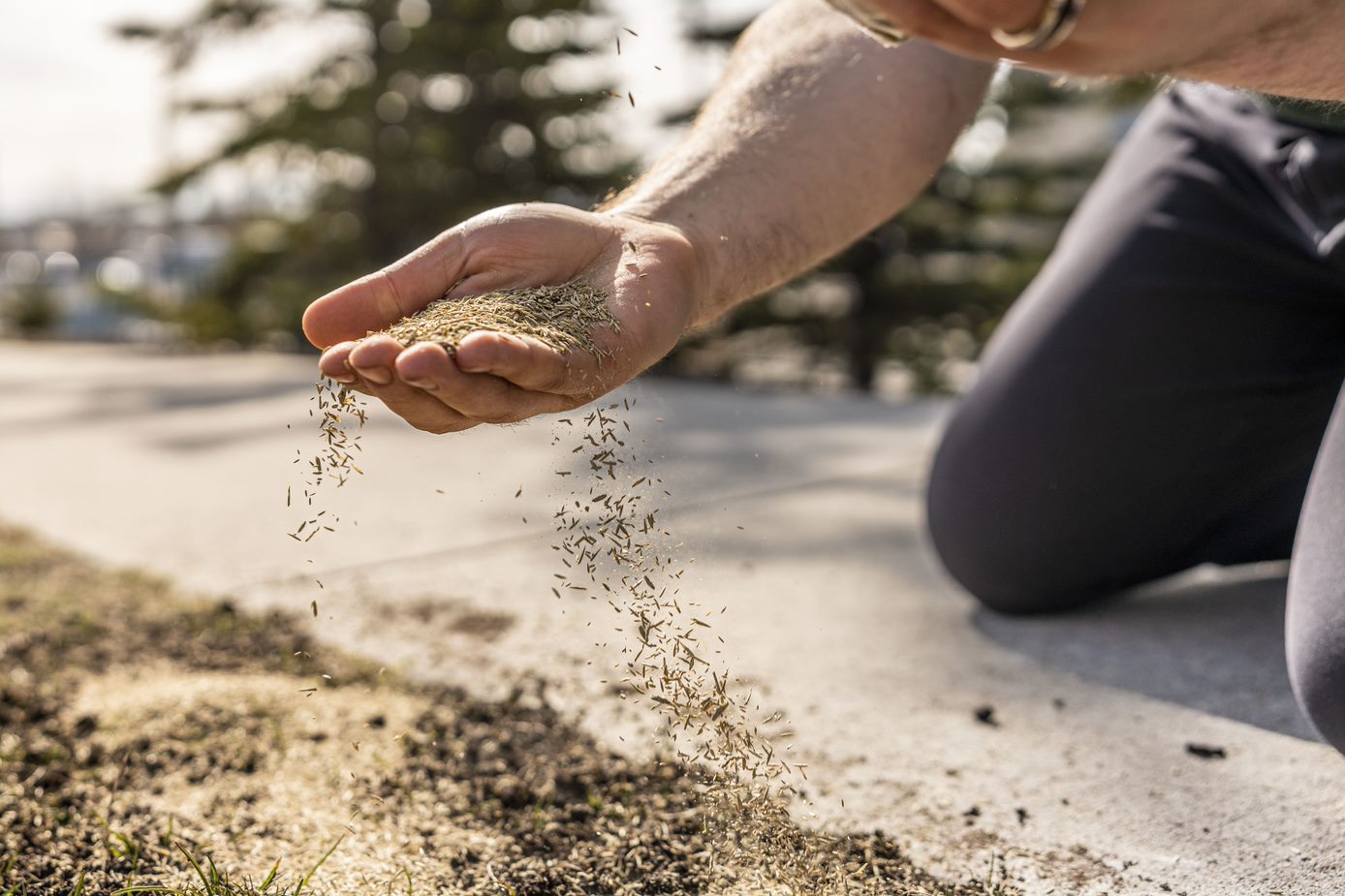
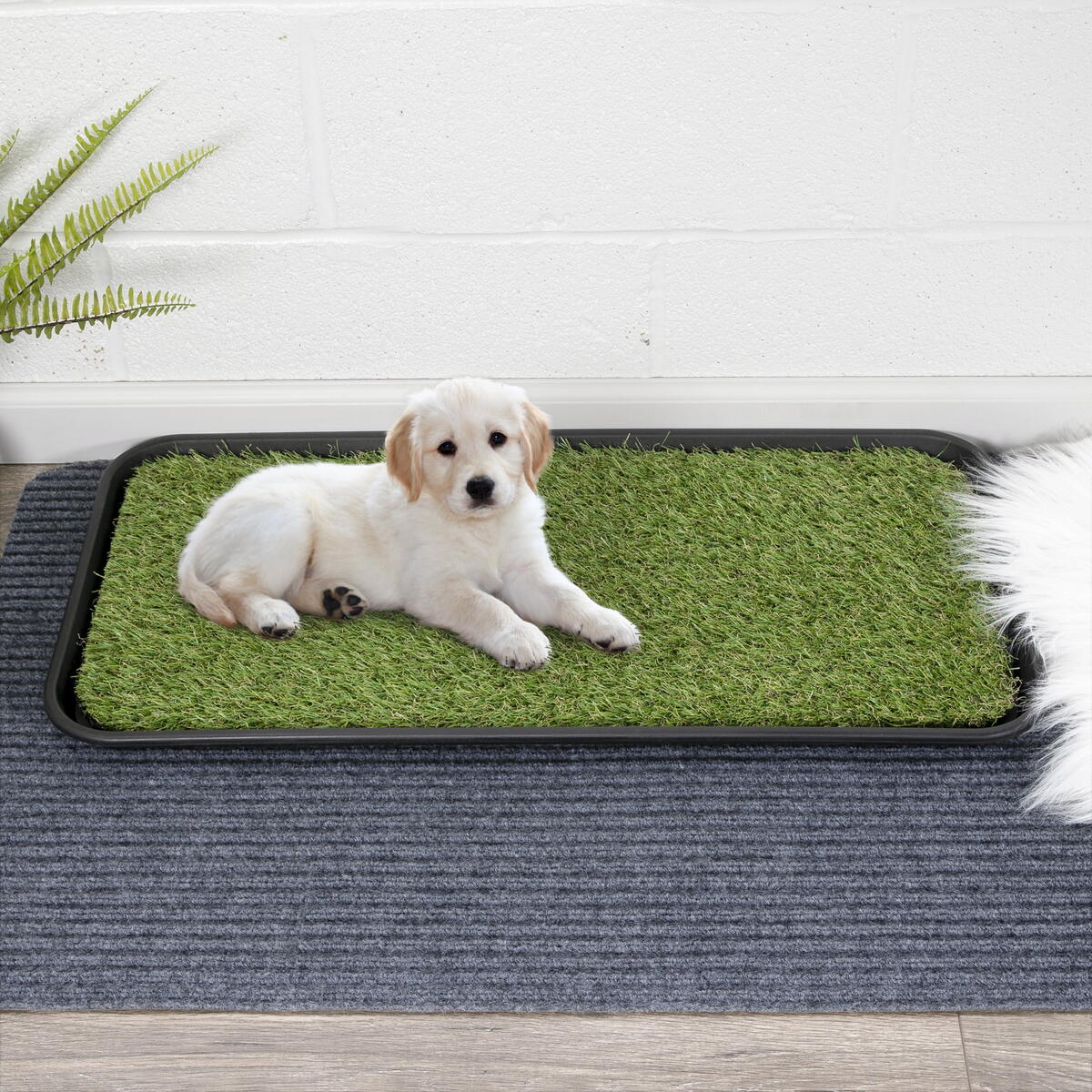
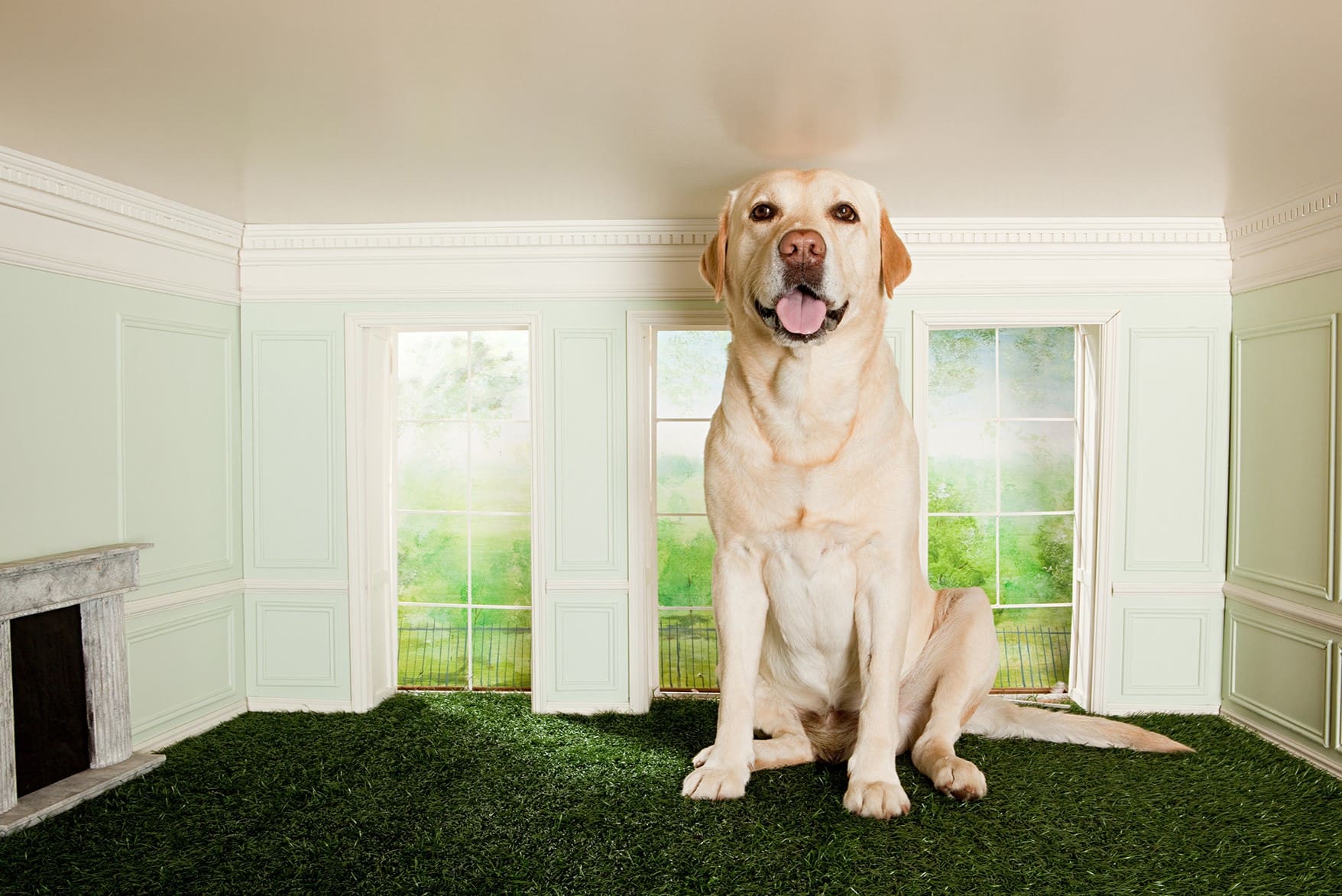
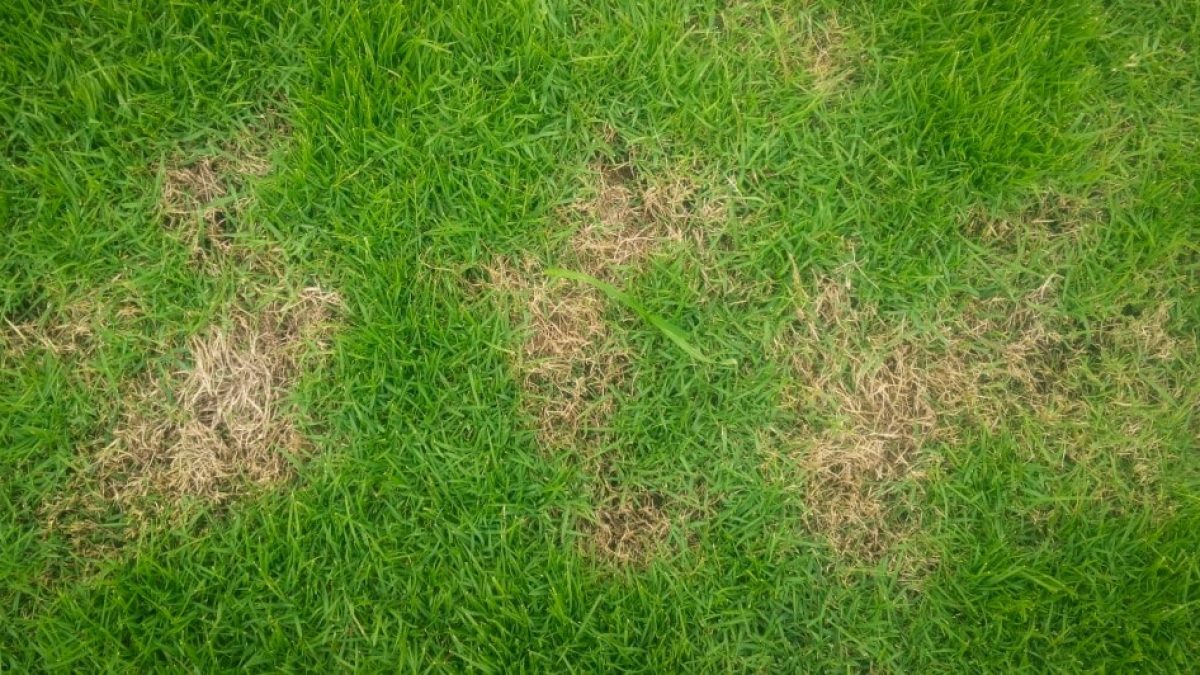

0 thoughts on “How To Fix Pee Spots In Grass”